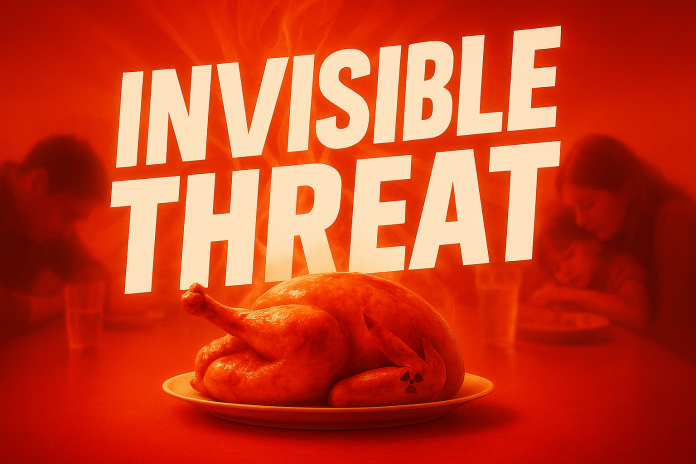Raleigh, NC – As North Carolinians gather for Thanksgiving this week, state health officials are warning residents of a silent, invisible danger that could be filling their homes. The Centers for Disease Control and Prevention (CDC) and the North Carolina Department of Health and Human Services (NCDHHS) are urging families to test for radon, a radioactive gas that often peaks during the colder months.
Radon forms naturally underground as uranium in rock and soil decays, releasing gas that seeps through cracks in foundations, drains, and crawl spaces. Because it’s colorless, odorless, and tasteless, homeowners are often unaware of its presence — even as it builds up to dangerous levels inside sealed homes.
According to the U.S. Environmental Protection Agency (EPA), radon is the second-leading cause of lung cancer in the nation, responsible for an estimated 21,000 deaths each year. North Carolina’s geology makes it particularly vulnerable, especially in western and central regions, including Raleigh, Asheville, and Greensboro.
Health officials recommend testing any home that has never been checked. Short-term test kits, available at hardware stores, online, or through the North Carolina Radon Program, can measure levels in just a few days and typically cost under $25. The EPA advises taking action if readings reach 4 picocuries per liter (pCi/L) or higher, though experts stress no level of radon is completely safe.
If high levels are found, certified mitigation contractors can install systems that vent the gas safely outdoors, reducing radon concentrations by up to 90%. Sealing cracks and improving ventilation are also helpful short-term steps.
“Radon doesn’t make noise or smell — but it kills more people than carbon monoxide each year,” CDC officials warned. “Testing this Thanksgiving could save a life.”
As families across North Carolina gather indoors for the holidays, health officials urge everyone to add radon testing to their winter safety checklist — before the invisible danger lingers into the new year.





